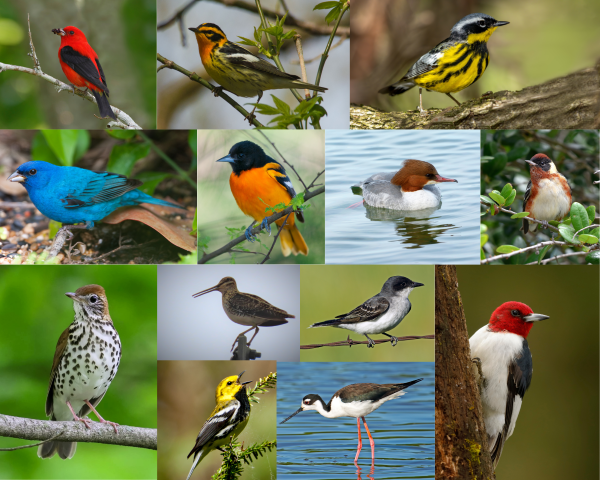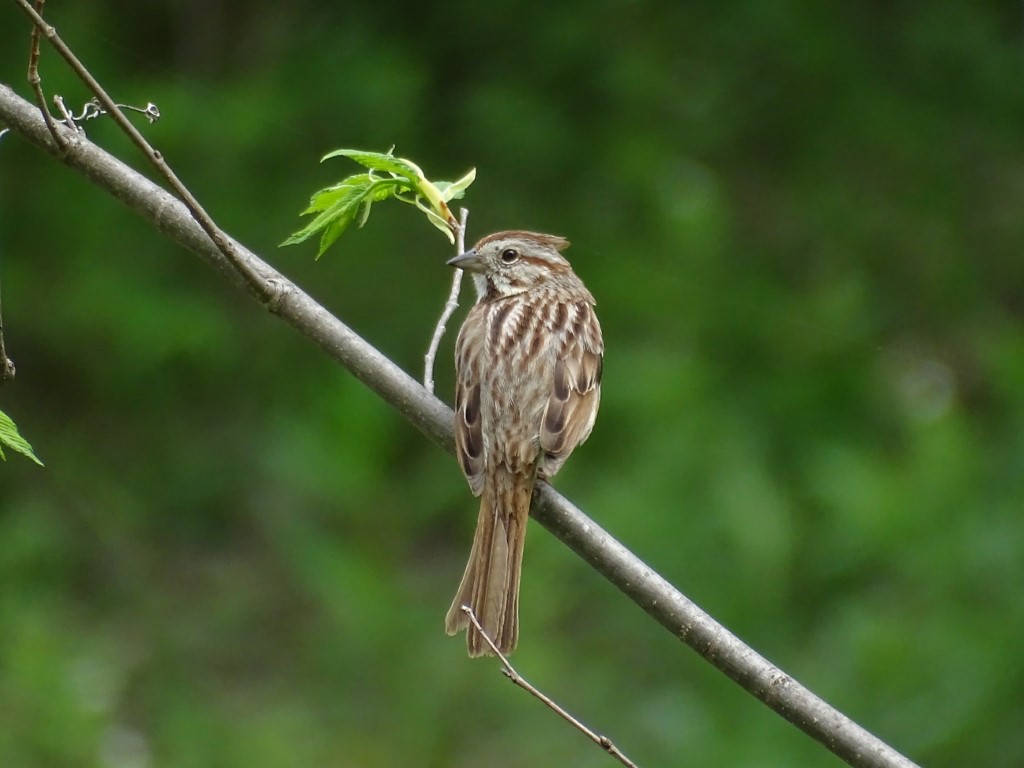It was a weird spring migration season in our area this year. Many of the birds arrived early or skipped over our county entirely.
Some of the birds are coming from as far as South or Central America where they spend their winters. As they move through the United States they stop along the way to rest and eat and get hydrated before moving on to their summer nesting territories in Canada (and for some, the Arctic). Usually our area sees large numbers of different species of birds for many days starting in late April and extending into mid-May. This year their numbers were much lower.
Despite that challenge, Jill and I still managed to find about 160 bird species which is the most we’ve ever seen during a spring migration season. Part of that is because the weather warmed up early which allowed us many more opportunities to go hiking in late March and throughout April to try to find and observe different birds.
Here is why we love birdwatching. These are just a few of the beautiful species we got to see during migration. We found most of them within a 30 mile radius of our homes and some of them even visited our backyards!

Note: While we love to take nature photos, the trees were way too leafed out this year to get any decent photos of birds, so we’re thankful to Canva for these images.
Something that came in quite handy for us this season were these lightweight, fold-out little guides of shorebirds, raptors and waterfowl (those are not affiliate links). The guides are easy to carry on a hike or store in a vehicle glove box. In addition there are guides for general birds of North America and warblers. We also relied on fellow birders to help us find or identify birds. Most birders are happy to share what bird species they’ve seen or to point out the location of a specific bird.
There are still plenty of opportunities to observe birds this summer in your backyard, local park or nature preserve. It’s a little harder to see them in the leafed-out trees and they don’t need to sing as much now that most of them are paired up with mates, but you’ll no doubt see them tirelessly collecting insects and spiders to feed their young.
The Merlin app and the All About Birds website from the Cornell Lab of Ornithology are great free resources to help you get to know the bird species in your area.

